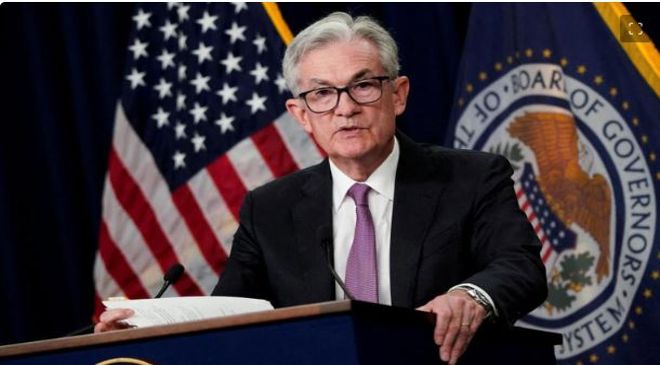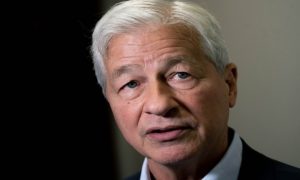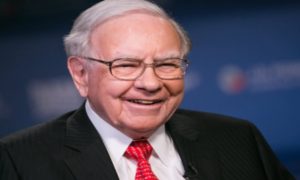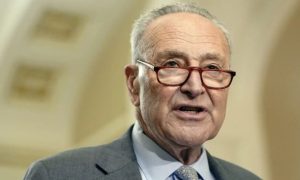- “We’re not seeing anything that I can imagine, in the data, that’s going to trigger the Fed to do what I would call a panicked 50 basis point rate cut,” said Carl Weinberg, chief economist at High Frequency Economics.
- U.S. labor market data on Thursday offered mixed signals about the state of the economy amid concerns over the Fed having kept rated higher for longer than it was needed.
As investors await the upcoming rate decision by the U.S. Federal Reserve this month, Carl Weinberg of High Frequency Economics said that a deep interest rate cut was unlikely.
Policymakers at the U.S. central bank are widely expected to begin lowering interest rates as they meet on Sept. 17-18, marking a shift from the post-pandemic policy tightening that has raised fears of a U.S. recession.
“We’re not seeing anything that I can imagine, in the data, that’s going to trigger the Fed to do what I would call a panicked 50 basis point rate cut,” Weinberg, chief economist at High Frequency Economics told CNBC “Squawk Box Asia,” adding that the economy will welcome a 25 basis point cut instead.
Also Read– Yes, your smart TV is tracking you—and here’s how to disable it
He acknowledged that while there has been a slowdown in hiring, the most recent initial claims for unemployment data have gone down.
U.S. labor market data on Thursday offered mixed signals about the state of the economy amid concerns over the Fed having kept rated higher for longer than it was needed.
Private sector payrolls grew at their slowest pace since 2021, raising concerns about a sharp slowdown in the labor market. On the other hand, weekly unemployment benefit claims fell compared to the previous week.
“Here’s what I think is going to take to get the Fed to move by 50 basis points, it’s going to take a big uptick in initial claims for unemployment insurance, evidence of more layoffs occurring in the economy and a sharp drop off in hiring, perhaps down to zero,” Weinberg said.
Also Read– Top 40 banks offering highest interest rates on fixed deposits in Sept – Compare latest rates
Real interest rates have gotten higher while inflation has gone down, he observed. “The Fed has to do something about that, but it doesn’t have to push the panic button and go [for a] 50 [basis point cut],” Weinberg said.
The Fed’s benchmark borrowing rate, which influences a bulk of other rates that consumers pay, is currently at 5.25%-5.50%.
Other market watchers maintain that a 50-basis-point reduction is not entirely off the table, especially as Wall Street gears up for one of the most important economic releases of the year later in the day — the jobs report for August.
“A looser, softer jobs market allows the Fed to remove restrictiveness from the policy rate, which could be as much as 50 basis points,” said Ben Emons, founder of Fed Watch Advisors, adding that the momentum in the labor data was “deflating.”
Nonfarm payrolls are expected to rise by 161,000 in August, while unemployment rate is estimated to decline to 4.2%, according to Dow Jones. That said, recent data, including a massive downward revision to previous job growth numbers, has signaled a sharp hiring slowdown, putting some downside risk to that forecast.
While nonfarm payrolls could come out positive, a “low point” figure of under 100,000 is still possible, Emons said.
“The soft print (<100K) is negative for risk sentiment because the market will price in a weakening labor market instead of a loosening labor market with a growth scare turning to a recession scare,” he wrote in a note on Friday.
Read More: SBI launches new design of FASTag that will reduce travel time in highways; how it will help you
“Suppose (later’s) number sets the job market’s downside scenario in motion. In that case, the Fed will react faster, which can ultimately cement the next major bottom in the S&P 500 around or slightly below the 200-day moving average,” he said.









































